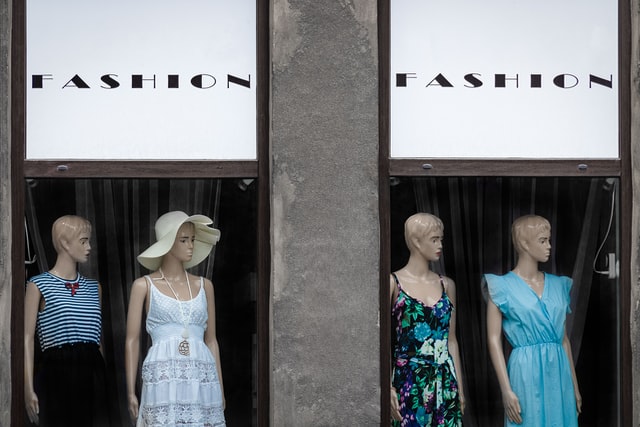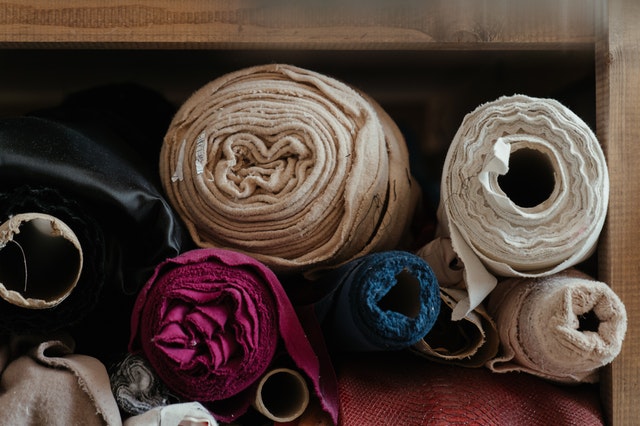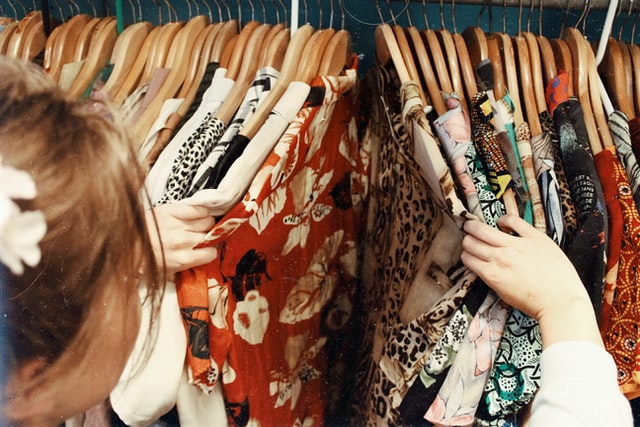
Many people understand the term sweatshop to be synonymous with the production of clothing based on the exploitation of labour. In this article we take a closer look at the topic and show what you as a consumer can do about it.
WHAT IS A SWEATSHOP?
A sweatshop is a production facility in which the employees work in inhuman conditions and receive a ridiculously low salary for this often very hard work. Long working hours and the disregard of human rights are the order of the day in sweatshops. Most employees are also not entitled to vacation. Applicable labour laws are deliberately ignored by employers because they know that they will not face consequences.
WHY IS WORKING IN A SWEATSHOP SO TERRIBLE?

The term sweatshop is most often used in the context of the fashion industry. Well-known brands in the middle and upper price segments – including European brands – purposefully buy up old factory buildings in order to turn them into sweatshops. As the buildings are often dilapidated, they are not safe places to work. This is the reason that terrible accidents such as fires or collapses occur again and again. You may be familiar with Rana Plaza. In April 2013, this eight-story factory complex collapsed in Bangladesh and buried thousands of people in the rubble. More than a thousand workers lost their lives during this horrible tragedy. Despite media reports and social outcry that reverberated around the world, not much has changed in the reality of the Bangladeshi workers.
Production facilities such as this can be found not only in developing countries, but also right on our doorstep. Around 2.3 million men and women from southern and eastern Europe try to earn a living in fashion factories. Despite working overtime, the majority of them earn a meagre 89 euros net per month. Since trade unions are usually weak in producing countries, they exert almost no influence on exploiters, for example by conducting collective bargaining. Employees are usually exposed to toxic substances or have to operate dangerous machines without being adequately trained or equipped.
WHAT IS BEING DONE TO COMBAT SWEATSHOPS IN EUROPE?

In theory, there is an EU-wide labour law that not only guarantees decent working conditions, but also fair wages. This law should be enough to establish minimum standards. Unfortunately, it is up to the individual member states to enforce this law and sadly this is not done well in some countries.
One of the core economic goals of the Europe 2020 strategy can be interpreted as a vague attempt to contain the sweatshop problem, at least in the broadest sense. The goal is: to reduce the number of people at risk of poverty by 20 million. In theory, this would also target those people who toil in sweatshops every day for meagre wages. Sadly, the EU has no tools to mandate decent wages and reasonable working conditions.
The anti-sweatshop movement, which is primarily active in the USA, Australia, New Zealand and Great Britain, is one of the most well-known initiatives in this area. It campaigns for fair wages and better working conditions. So far the organization has only achieved moderate success. On the European mainland there is still no organization of this calibre.
FOUR WAYS TO BECOME A MORE RESPONSIBLE CONSUMER
As a consumer, you may not be all-powerful however what you buy and which brands you support in the long term still make a difference.
- Inform yourself! Take a look at the company check of the Clean Clothes Campaign. You can find out which companies pay their workers fair wages. You can get an equally good overview via the FashionChecker.
- Support fair business labels! You can shop at these 10 fair fashion labels without the guilty conscience. And yes, we know: fair fashion can be more expensive than fast fashion and is not affordable for everyone. But if you can afford it, why not switch to companies that treat their workers like humans.
- Secondhand magic! Second-hand shops, flea markets or apps like Vinted are suitable for those on a budget. And even if you do find products from fast fashion manufacturers here, it is still more sustainable to buy them used.
- Donate clothes! Are you going for a wardrobe overhaul again? Then take those clothes that you no longer like to a collection point for donation. This way they can reach new owners via charities and have a second life as second-hand goods.
